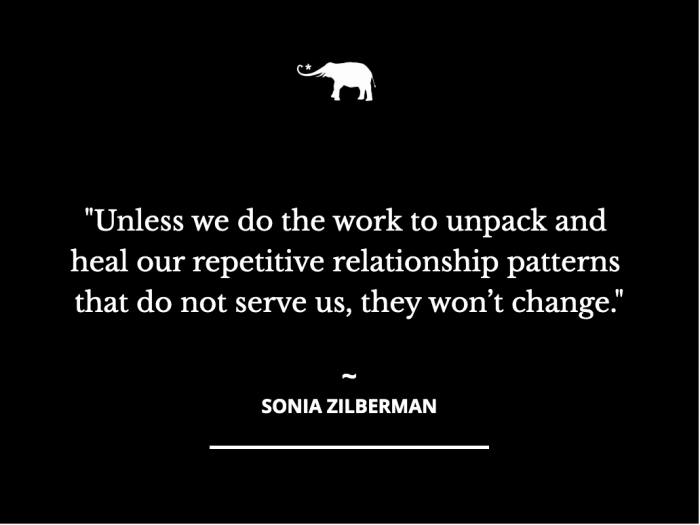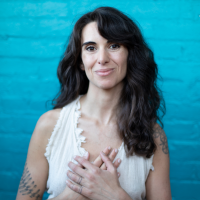View this post on Instagram
One of the biggest challenges most people face in feeling met, seen, and loved in relationships is the unhealthy, shadow-based, and often unconscious dynamic of the anxious-avoidant trap.
What is it? It is basically when one person is perceived as “not enough,” and the other as “too much.” When one pulls away as a strategy in getting their needs met, and the other grasps for that same reason.
This is a self-fulfilling prophecy that can take on many different flavors, but it always creates one thing only: distance.
If we keep on attracting the same types of relationships—that have eerily similar beginnings and endings—chances are we may be stuck in an anxious-avoidant trap. Even in long-term relationships, the anxious-avoidant trap can be alive and running the show; it’s just that instead of a breakup, distance and dissatisfaction continue to grow.
Here are some signs you may be in stuck in this unhealthy relating cycle:
1. The relationship starts out with intense chemistry. Who doesn’t love chemistry and values it at the top of their relationship must-have needs? Of course, it is essential; let’s not kid ourselves! But in the anxious-avoidant cycle, the instant chemistry takes on a special, immediate, and urgent-like quality. There is this “this is it!” tonality from the start that clouds our perception of red flags, general characteristics of the personal we are just getting to know, and pretty much any rationality.
2. After some time, the relationship adopts a polarity of “more/less.” Basically, one person needs more from their partner (why are they not replying to my messages!), and the other person wants less (I need some space).
3. This dynamic feels familiar. This isn’t the first time that this happens, and we are not quite sure why. It’s the old pattern—the story of our relationship career. Somehow, we always end up being attracted to those who can’t fully meet our needs. And the ones who can meet our needs, well, either we’re not attracted to them, or they are not available to us.
4. If you are in the anxious polarity, your partner starts occupying the bigger portion of your brain space. Cyclical mental activity about how amazing they are, combined with negative emotions about how (and why) they are not meeting your needs, distracts us from life’s other important events and relationships. This obsessive-like quality of the thoughts leads to the need for regular reassurance and validation of the relationship from the other.
5. If you gravitate toward the avoidant side, questioning the relationship becomes a dominant mental loop. “Is this what I really want?” “Am I ready for this?” “Is this the right person for me?” The avoidant partner starts to feel overwhelmed and suffocated. Suddenly, their relationship partner does not appear as incredibly amazing as before, and distance replaces the feeling of mind-blowing chemistry.
6. The distance leads to the end of the relationship, and for the partner on the “anxious” polarity, there are deep emotions around the questions of “what happened” and “why.” Thoughts start cycling around what could have been done differently to avoid the tragic fallout. It seems like this person was amazing and cannot be replaced. The negative qualities or red flags of the partner are completely overlooked.
7. For the partner who is on the avoidant end, the end of the relationship at first brings on a wave of relief. A sense of “now there is space for me.” This sense of freedom, however, is quickly replaced by a feeling of deep, familiar sadness of not being able to find someone who can truly meet their needs.
Although we tend to gravitate toward either the anxious or avoidant sides as a pattern, we can end up on either end of the spectrum, depending on the relationship. Most of us can probably recall situations where our inner avoidant or our inner anxious came out and ran the show. Truth is, both of these point to insecure attachment style, which is rooted in deep childhood wounding.
Only when we take the risk to do things differently, do we actually get results that are, well, different. Unless we do the work to unpack and heal our repetitive relationship patterns that do not serve us, they won’t change.
~
 Share on bsky
Share on bsky






Read 2 comments and reply